To truly understand what causes acne, you first need to understand what acne actually is and Madeline Calfas, RN, Nat. Nutritionist and founder of The Wellness Group explain to the Caviar Feeling team everything in detail.
Aside from knowing it’s the bane of our existence, acne is an increase in oil (known as sebum) production that (mixed with a few dead skin cells) leads to a blockage of the hair follicle.
Foods That Cause Acne
You’ll also like this:
The Miracle Clay Mask for Every Skin Type (Even Sensitive)
Skip Travel Restrictions and Bring France to You with Embryolisse Lait-Crѐme Concentré
When there is just a blockage, these are whiteheads and blackheads. Once there is inflammation and infection, (due to an overgrowth of Propionibacterium acnes, a lovely little bacteria that is actually always there, but usually just deeper down in the follicle and in controlled numbers), this is when we classify it as acne. When there is an increase in sebum, this allows the P. Acnes bacteria to thrive and get out of control, which in turn creates inflammation and infection. In short, acne is due to an increase in sebum production and an increase in the P. Acnes bacteria.
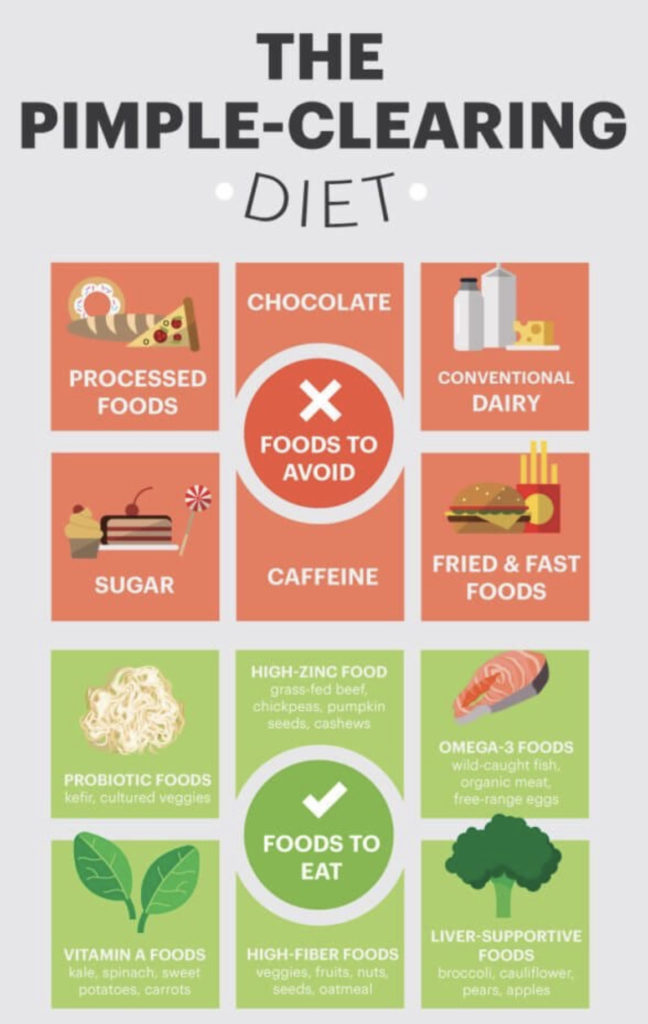
How does diet affect the skin?
Plenty! And it is way more involved than just ‘chocolate gives me pimples! Constantly eating foods that are high in refined sugars and carbohydrates can eventually lead to an increase in insulin resistance. So what does this mean? Insulin is a peptide hormone (produced in the pancreas) and its job is to transfer glucose from the blood (which is all your consumed carbohydrates that have been broken down) into your liver and muscle cells to be used as energy.
It also helps to regulate your blood-sugar balance. Insulin resistance is when muscles and liver don’t really respond to the insulin very well, which results in a collection of glucose staying in the blood and not being converted into energy. The pancreas then has to produce more insulin to try and get the same response it previously would before insulin resistance.
There is a strong link between insulin resistance and acne. People who consume diets that are high in sugars and white flour, as well as refined, processed foods are much more likely to suffer from acne. Teenagers in particular are naturally insulin resistant as it encourages growth, which can often explain why you are much more likely to experience acne during your teenage years.
What is glycemic index?
It stands to reason that having a diet that is high in sugars, starchy carbohydrates, refined flours etc are not going to be kind to your face. You will often hear people talk about the glycemic index. Glycemic Index is essentially a rating system for foods in relation to their carbohydrate content. It tells us how quickly each food is going to affect your blood sugar level.
Foods that have a high GI (glycemic Index) are those foods with a rating of 70 and above, and are foods that are broken down very quickly, therefore causing a very rapid increase in blood glucose. These foods that cause acne can include:
- Sugary soft drinks
- Foods with a lot of sugar (both refined and natural sugars)
- White bread with refined flours
- Potatoes
- Rice
What is glycemic load?
Lesser known but of equal importance is glycemic load. Glycemic Load looks more at the quantity of carbohydrate in a set amount of food and how quickly it raises blood glucose levels. Glycemic load takes into account portion size instead of just simply how quickly it raises your blood sugar levels. Having rich in low glycemic load foods such as:
- Fresh fish
- Vegetables
- Nuts
- Berries can make a dramatic difference to acne.
Also, include foods that are high in vitamins and minerals such as:
- Zinc
- Vitamin A
- Vitamin C
- Vitamin E
Foods rich in antioxidants are also a great option such as:
- Spinach
- Kale
- Dark green leafy vegetable
- Yellow and orange veggies (carrots, yellow capsicums, pumpkin)
- Pumpkin seeds
- Brown rice
- Beans
- Lentils are also great food choices for healthy, blemish free skin.
By watching what you eat and keeping refined, processed foods to a minimum, you are also helping to avoid carrying any extra fat around your stomach. Fat gain here is usually hormone-driven and can add more fuel to the fire when it comes to acne and insulin resistance.
Finally, ensure you watch your water!!! With the exception of herbal tea (not fruit tea), coffee and tea don’t count towards your water total, nor does soft drink, I’m afraid. Instead, aim to drink around 35mls/kg of body weight each day. This helps to ensure that your liver and gallbladder can do their job properly, as well as your kidneys, which are designed to help flush toxins out of your system.
FAQ’S
What foods help clear acne?
- Salmon
- Tofu
- Spinach
- Kale
- Beans
- Nuts
- Avocado
- flaxseeds.
What should I avoid if I have acne prone skin?
- Milk chocolate
- Fast Food
- Dairy
- Foods high in processed sugar
- French fries
- Sugary drinks
- Whey Protein Powder
How can I get crystal clear skin naturally
Stick to a simple routine that works for you starting by:
- Washing your face with a non stripping face cleanser
- Apply an acne fighter as: AHA, salicilic acid, BHA, or vitamin B (around 3 times a week)
- Moisturise is key
- Sleep well
- Pay attention how many hours a day you are wearing makeup
- Clean your hand before touching your face
You’ll also like this:
Why Derma E’s Vitamin C Range Is Worth the Hype
Glow Recipe Watermelon Glow Pink Dream Body Cream Formula Is Out of This World
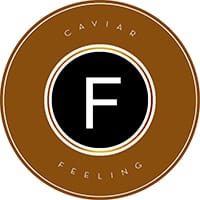
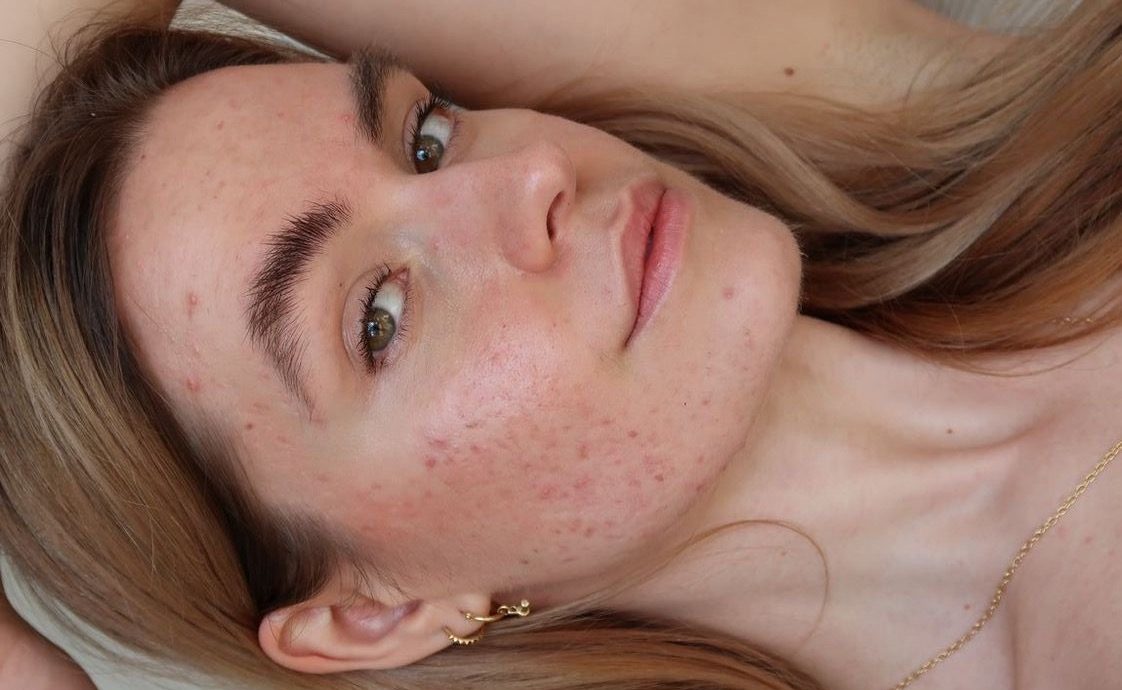


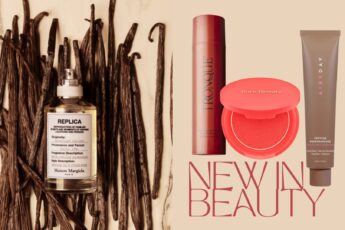

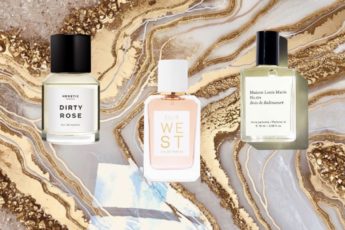
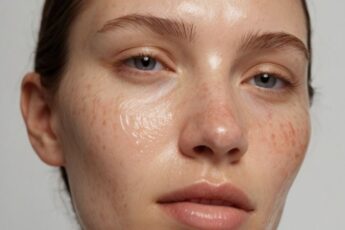
Leave a Comment